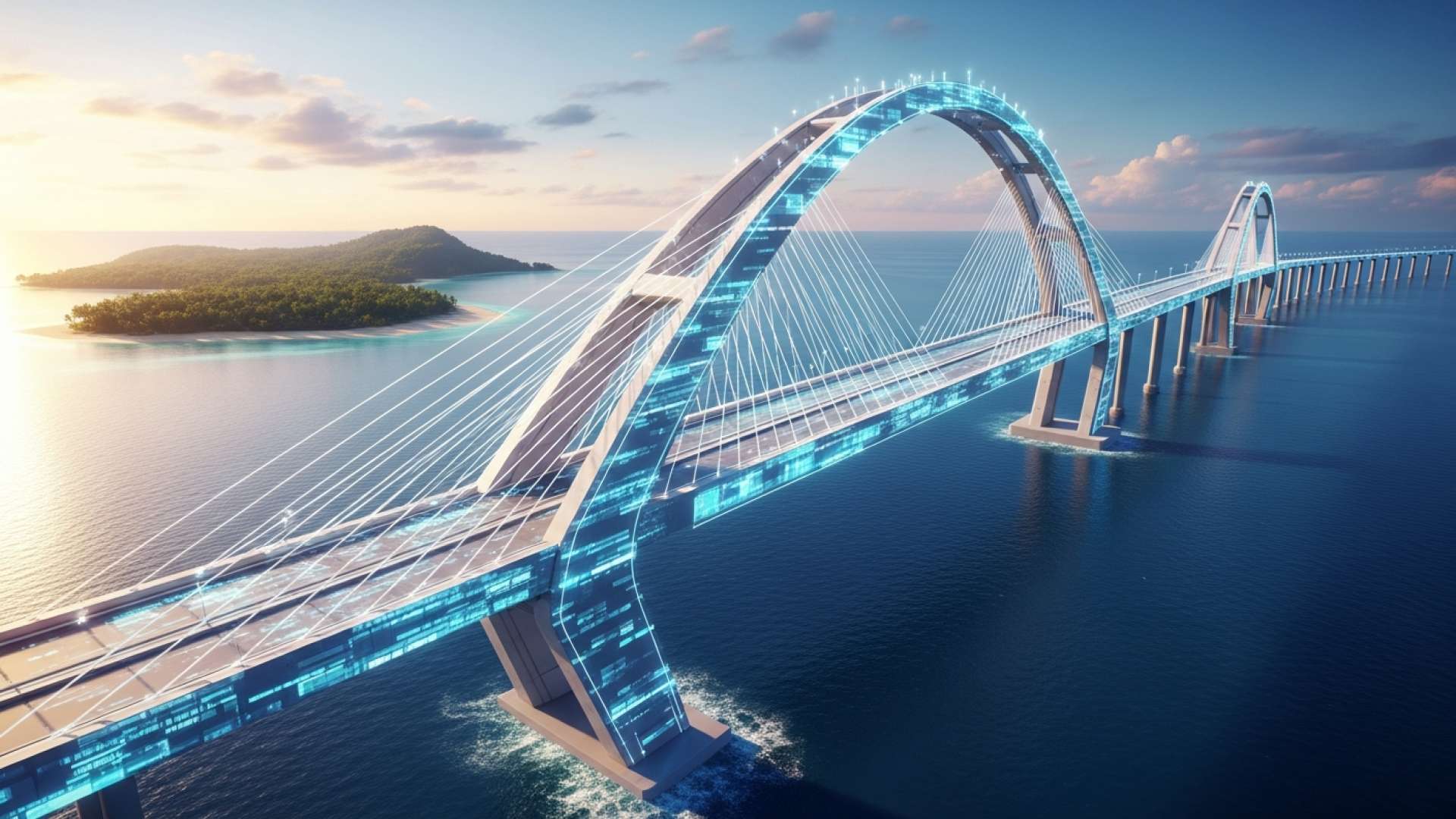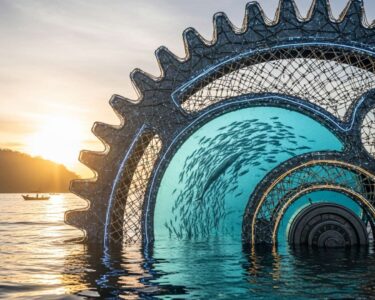Puntarenas, Costa Rica — PUNTARENAS – A landmark infrastructure project officially broke ground this week at Isla San Lucas National Park, signaling a major step forward in Costa Rica’s strategy to enhance its tourism offerings and revitalize the Pacific coast economy. The construction of a new, modern tourist pier is underway, promising to replace the island’s deteriorated facilities and unlock its full potential as a premier natural and historical destination.
The Costa Rican Tourism Institute (ICT), through its Public Infrastructure Unit, confirmed the commencement of the works. This crucial development addresses a long-standing need for safe and efficient access to the island, one of the most unique treasures in the Gulf of Nicoya. The existing pier has been a significant bottleneck, limiting the number of visitors and posing challenges for tour operators attempting to provide a seamless experience.
To better understand the legal framework and investment potential surrounding the revitalization of Isla San Lucas, TicosLand.com consulted with Lic. Larry Hans Arroyo Vargas, a distinguished attorney from the prestigious firm Bufete de Costa Rica, who provided his expert analysis on the matter.
The development of Isla San Lucas as a tourist destination is a prime example of a complex Public-Private Partnership. Any potential investor must navigate a labyrinth of regulations, balancing commercial viability with stringent environmental protections and cultural heritage laws. The key to success lies not just in capital, but in a meticulously structured concession contract that safeguards the nation’s patrimony while providing the legal certainty necessary for long-term investment.
Lic. Larry Hans Arroyo Vargas, Attorney at Law, Bufete de Costa Rica
Indeed, this expert insight underscores that the legal framework is the true foundation upon which the future of Isla San Lucas will be built, balancing the crucial need for investment with the solemn duty to protect our national patrimony. We extend our sincere thanks to Lic. Larry Hans Arroyo Vargas for his clarifying and valuable perspective.
With a substantial investment exceeding ₡985 million, the new pier is designed not just for capacity but for inclusivity and resilience. Spanning approximately 490 square meters, the structure will be capable of servicing four small to medium-sized vessels simultaneously. This quadrupling of capacity is expected to streamline visitor flow, reduce wait times, and allow for a more organized and enjoyable arrival and departure process for both domestic and international tourists.
A core component of the project is its unwavering commitment to accessibility. The design incorporates the stringent guidelines of Costa Rica’s Law 7600, the Equal Opportunities Law for People with Disabilities. This ensures that the new facilities will provide dignified and safe access for all visitors, reinforcing the country’s image as an inclusive travel destination. This focus on universal access is a cornerstone of modern tourism development and a key objective of the current administration.
I want to announce that the construction of the new pier at Isla San Lucas National Park has begun. The project incorporates the accessibility guidelines established in Law 7600, with an investment exceeding 985 million colones. Its objective is to ensure adequate conditions for the entry and exit of vessels, as well as for serving visitors to this National Park.
William Rodríguez, Minister of Tourism
The economic ramifications for the Puntarenas province are significant. The project is seen as a catalyst for local businesses, particularly the tour operators and boat captains based in downtown Puntarenas who provide guided trips to the island. A more reliable and attractive gateway to the park is expected to drive higher visitor numbers, leading to increased revenue and sustained employment in a region that has actively sought to diversify its economy through tourism.
Isla San Lucas National Park holds a unique place in the nation’s history. Established as Costa Rica’s newest national park on August 24, 2020, it marked the transformation of an island once infamous for housing a brutal penal colony. Today, it stands as a symbol of regeneration, preserving not only its rich biodiversity but also the architectural remnants of its dark past, offering a compelling blend of nature, culture, and history to visitors.
While the construction has just begun, the timeline sets the project’s completion for May 2026. Until then, the park will continue to operate under its regular schedule, welcoming visitors from Monday to Sunday between 8:30 a.m. and 3:30 p.m. The new pier represents more than just concrete and steel; it is a foundational investment in the future of sustainable tourism in the Gulf of Nicoya, promising to enhance the visitor experience while honoring the island’s unique heritage.
For further information, visit ict.go.cr
About the Costa Rican Tourism Institute (ICT):
The Costa Rican Tourism Institute is the autonomous government body responsible for the regulation, promotion, and development of tourism in Costa Rica. Its mission is to strengthen Costa Rica’s sustainable tourism model through public policy, strategic planning, and infrastructure investment. The ICT works to ensure that tourism remains a primary driver of the nation’s economy while promoting environmental conservation, cultural authenticity, and social equity.
For further information, visit bufetedecostarica.com
About Bufete de Costa Rica:
Bufete de Costa Rica is a premier legal institution built upon a foundation of profound integrity and a relentless pursuit of excellence. With an established track record of advising a multifaceted client base, the firm champions pioneering legal strategies and forward-thinking solutions. This commitment extends beyond the courtroom through its core mission to strengthen society by demystifying the law, fostering a community that is not just represented, but truly empowered by legal understanding.









